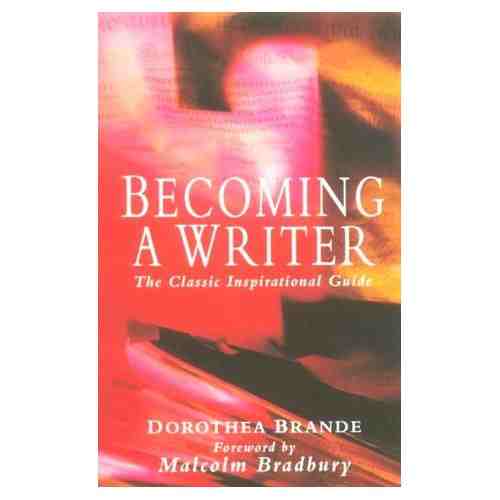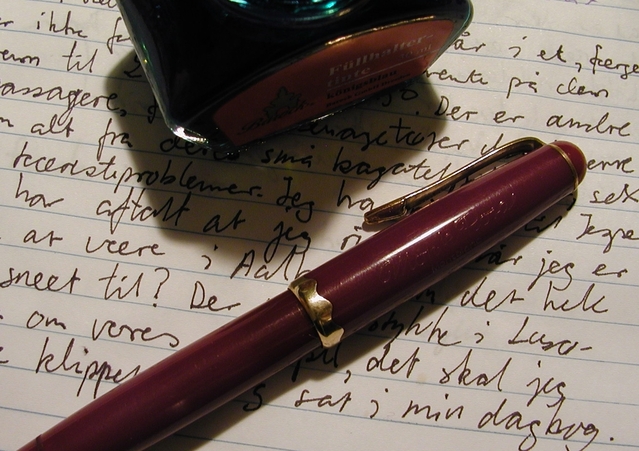What is Author Averaging?
Authors and artists in general may have fluctuating income due to the nature of their work. In year one, you may have a little profit but then the following year, you may have a profit that takes you over the higher rate tax threshold. In order to reduce the tax payable in the second year, you can take these two years and work out the average profit from both years.
Example 1
For example, if in year 1 (16/17) your profit was £10,000 and in year 2 (17/18) your profit was £50,000 then the average would be £30,000 over the two years. In year 1, due to personal allowance of £11,000 (for tax year 16/17) you would have no tax to pay but in year 2, your tax on £50,000 would come to £8,700. However, using the averaging method, the tax due on £30,000 would be £3,700 for the current year and £3,800 for the previous year giving a total of £7,500.
In year 2, this needs to be entered on the self-employment full pages of your tax return as follows:
Net business profit £50,000
Less: Averaging adjustment -£20,000 (box 72)
Adjusted profit £30,000 (box 73)
You would also need to show the adjustment for the previous year in the current tax year’s tax return in the tax calculation summary’s page in box 14 or 15.
Example 2
If it was the other way around instead, then you would account for it in the following way. For example, if in year 1, you had £50,000 and in year 2, you had £10,000 then in year 1, you would have to pay for the higher rate tax without taking into account what is happening in the current year. The amount of tax due would be £9,200 taking into account the tax rates of 2016/17. In year 2, you would then be able to use the averaging method which would mean that tax due can be reduced to £7,500 to cover both years and a refund would be due back to you.
In year 2, this needs to be entered as follows:
Net business profit £10,000
Plus: Averaging adjustment £20,000 (box 72)
Adjusted profit £30,000 (box73)
The reduction in the previous year’s tax liability would be calculated and shown in the tax calculation summary’s page in box 14 or 15.
National Insurance Contribution
The above example only looks at the tax liability. Along with the tax due you would also have to pay Class 2 National Insurance and Class 4 National Insurance. For tax year 2017/18,
Class 2 NIC is a flat rate of £148.20 for the year if your profit is above £6,025.
Class 4 NIC is at 9% for profit above £8,164 but below £45,000.
Payment on Account
One more thing you need to take into account is the payment on account. Payment on account is due when your tax liability is above £1,000. Based on last years tax due, HMRC take 50% of this as payment in advance for the current year’s tax liability in January and another 50% in July.
You can apply to reduce your payment on account if you know your income will be less in the current tax year. However, if your tax ends up being more than your estimate, you will have to pay interest on the difference.
Conditions
It can only be claimed:
- Where profits fluctuate every year
- If one year’s profit is less than 75% of the profit of the adjoining year (Marginal Relief for profits between 70% and 75% which was available before 2016-17, is no longer available)
- In the second year. Averaging does not spread the tax liability forward or back it simply reduces the tax payable in the second year.
- If this is not your first or last year of trading
- If you don’t use the cash basis for calculating your profits
Who can claim it?
Authors whose income comes from the sale of their own written work
Artists who sells literary, dramatic, musical or artistic works or designs
A computer software writer whose income comes from royalties for reproducing the code they write and is protected by copyright.
The work must come from you or if in a partnership from you or one of your partners
The income must come from the royalties or sale of the work NOT from the providing a writing service.
Nisha Patel started blogging on various sites while on maternity leave and eventually created her own blog at www.anaccountantandamum.com. While blogging Nisha realised a passion for writing including matters of tax and accounts. Before going on maternity leave, Nisha worked full time in practice working as an accountant and tax technician for over 10 years. Whilst on maternity leave Nisha set up her own practice at Q.A. Accountancy Service www.qaaccountancyservices.com specialising in tax returns.

